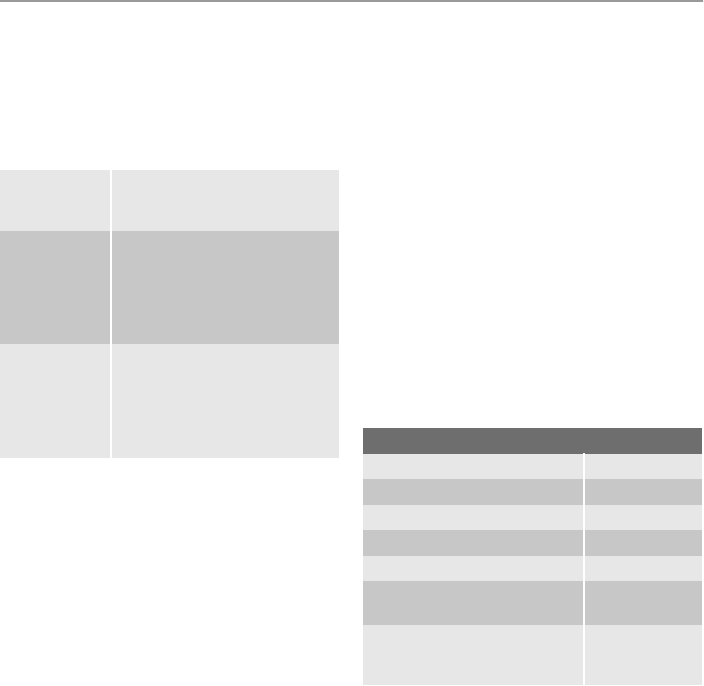
FLUFF IN THE GARMENTS
During the WASHING AND/OR DRYING
PHASE, certain types of fabric, as sponge-
cloth, wool, sweatshirt, could release fluff.
The released fluff could stick to the fabrics
during the next cycle.
This drawback increases with technical fab-
rics.
To prevent the lint in your clothes, it is rec-
ommended:
• To do not wash dark fabrics after you
washed and dried light colored fabrics
(new sponge, wool, sweatshirt especially)
and vice versa.
• To air-dry this type of fabrics when they
are washed the first time.
• To clean the filter.
• Perform one or more rinse cycles to
wash the drum between the washing and
drying of fabrics with different colors.
• After the drying phase, thoroughly clean
the empty drum, the gasket and the door
with a wet rag.
HELPFUL HINTS AND TIPS
SORTING OUT THE LAUNDRY
Follow the wash code symbols on each
garment label and the manufacturer’s
washing instructions. Sort the laundry as
follows: whites, coloureds, synthetics, deli-
cates, woollens.
TEMPERATURES
95° or 90°
for normally soiled white cot-
tons and linen (e.g. tea cloths,
towels, tablecloths, sheets...)
60°/50°
for normally soiled, colour fast
garments (e.g. shirts, night
dresses, pyjamas....) in linen,
cotton or synthetic fibres and
for lightly soiled white cotton
(e.g. underwear)
40°-30°-
Cold
for delicate items (e.g. net cur-
tains), mixed laundry including
synthetic fibres and woollens
bearing the label «pure new
wool, machine washable, non-
shrink»
BEFORE LOADING THE LAUNDRY
Never wash whites and coloureds together.
Whites may lose their «whiteness» in the
wash.
New coloured items may run in the first
wash; they should therefore be washed
separately the first time.
Make sure that no metal objects are
left in the laundry (e.g. hair clips, safety
pins, pins).
Button up pillowcases, close zip fasteners,
hooks and poppers. Tie any belts or long
tapes.
Remove persistent stains before washing.
Rub particularly soiled areas with a special
detergent or detergent paste.
Treat curtains with special care. Remove
hooks or tie them up in a bag or net.
MAXIMUM LOADS
Recommended loads are indicated in the
washing programme charts.
General rules:
• Cotton, linen: drum full but not too
tightly packed;
• Synthetics: drum no more than half full;
• Delicate fabrics and woollens: drum
no more than one third full.
Washing a maximum load makes the most
efficient use of water and energy.
For heavily soiled laundry, reduce the load
size.
LAUNDRY WEIGHTS
The following weights are indicative:
The following weights are indicative:
bathrobe 1200 g
quilt cover 700 g
man’s work shirt 600 g
sheet, man’s pyjamas 500 g
tablecloth 250 g
pillow case, towelling towel,
night dress, man’s shirt
200 g
tea cloth, ladies’ briefs, nap-
kin, blouse, men’s under-
pants
100 g
REMOVING STAINS
Stubborn stains may not be removed by
just water and detergent. It is therefore ad-
visable to treat them prior to washing.
14 electrolux


















